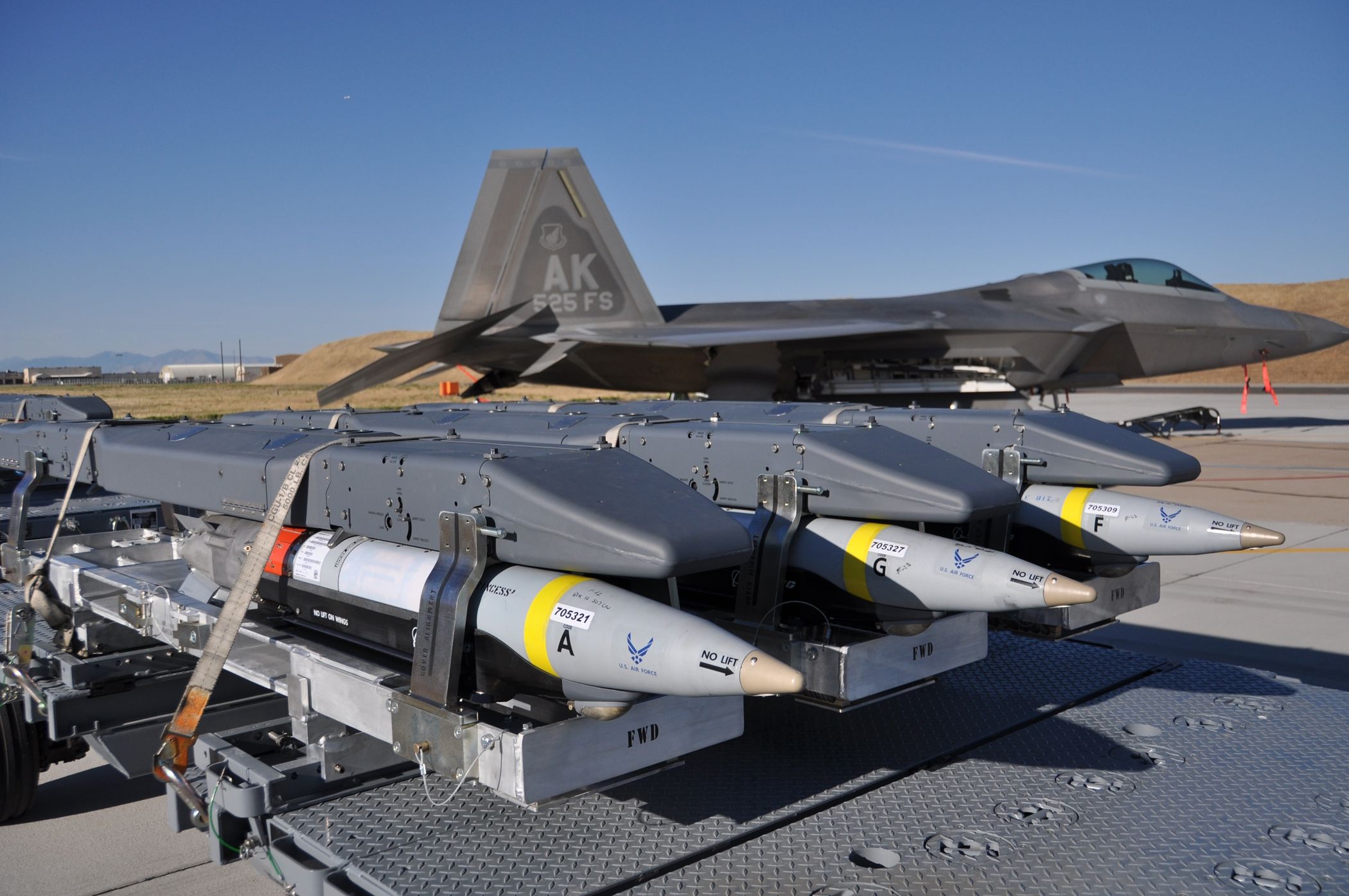
In 2024, the U.S. Air Force and State Department authorized over $30 billion in contracts and Foreign Military Sales (FMS) focused on precision-guided munitions (PGMs). These agreements included seven critical U.S. allies and spanned multiple significant aircraft modernization programs, including upgrades to Turkish F-16s, India’s acquisition of MQ-9B Sky Guardians, and European efforts to integrate F-35 platforms. A central focus of these initiatives is the Small Diameter Bomb (SDB) series, known for delivering precision strikes at extended ranges while minimizing collateral damage. The scale of these procurements signals a robust emphasis on long-range strike capabilities, with countries worldwide enhancing their deterrent capacity and improving aircraft survivability.
SDB Variants: Capabilities and Deployment
The SDB family includes several variants designed to meet different operational needs. Boeing’s original SDB (GBU-39) is a 250-pound guided bomb that uses GPS to target both fixed and moving objects. With a range of approximately 40 nautical miles, it was developed to minimize collateral damage and can be integrated with platforms like the F-22 Raptor and F-35 Lightning II. The GBU-53/B (SDB II or StormBreaker), produced by Raytheon, builds upon this foundation with enhanced features such as infrared and laser guidance, a multimode seeker, and the ability to autonomously prioritize and correct course through Link 16 datalinks. It is deployed on the F-15E, F/A-18E/F, and F-35.
Other variants include the Focused Lethality Munition (GBU-39A/B), designed for minimizing collateral damage in urban settings with a lighter composite casing, and the Laser SDB (GBU-39B/B), which features semi-active laser guidance. The Ground Launched Small Diameter Bomb (GLSDB), developed with Saab, allows ground-based launches from systems like HIMARS and was first used in combat by Ukraine in 2024.
Uptick In Acquisitions
The rise in demand for SDBs, particularly the SDB II, is evident in recent procurement trends. In January 2024, the U.S. Air Force awarded Raytheon a $345 million contract for over 1,500 SDB II bombs as part of the 10th production lot. This order, slated for completion by 2028, includes shipments to the Air Force, Navy, and international customers such as Finland, Germany, Italy, and Norway. The U.S. plans to acquire a total of 21,610 SDB IIs for the Air Force and 5,800 for the Navy, with fiscal year 2024 allocating $183.1 million for additional purchases. Last year, 2023, saw a decrease in requests for SDB IIs—falling from 1,214 in 2022 to 920 in 2023.
In 2023 and 2022, Boeing experienced growth in international contracts for its GBU-39 and its variants, including deliveries to operators like Saudi Arabia, Israel, and South Korea. While Boeing’s SDB has seen broad adoption with over 17,000 units produced, Raytheon’s SDB II is expected to become the primary variant for the U.S. and its key allies moving forward.
However, Boeing’s GBU-39 continues to serve numerous international customers through the U.S. FMS program. In September 2024, Boeing secured a landmark $6.9 billion contract to produce SDB Is for Japan, Bulgaria, and Ukraine, showcasing ongoing global demand for the munition.
Other notable acquisitions include Turkiye’s $23 billion agreement for 864 GBU-39/B units as part of a broader modernization package and India’s procurement of 310 GBU-39B/B SDBs.
Strategic Impact and International Reach
The rise in GBU procurement reflects a trend favoring precision, long-range strikes, and minimizing collateral damage, changing both military strategies and manufacturing practices. Precision-guided munitions are shifting military tactics away from traditional warfare toward more hybrid and asymmetric strategies. Smaller, more mobile forces can now achieve significant impact through long-range strikes rather than relying on large ground forces. As countries integrate these advanced munitions, they alter the global balance of power by enabling rapid, precise strikes with fewer resources, forcing adversaries to adapt or invest more in countermeasures.
Aja Melville is an accomplished editor and analyst with expertise in open-source intelligence (OSINT) and database management. As the Weapons Editor and Analyst at Military Periscope, Aja has applied her analytical skills and in-depth knowledge in military affairs and global defense sector advancements, particularly focusing on China and the Asia-Pacific region.
Aja's commitment to international relations and Asia-Pacific focus is highlighted by her educational background. She holds a Bachelor of Arts in International Relations and Chinese Language from Bard College, complemented by a Certificate of Advanced International Studies from the Bard Globalization and International Affairs Program. Aja further expanded her linguistic skills with a Certificate of Intensive Language Studies in Chinese (Mandarin) from Qingdao University.



